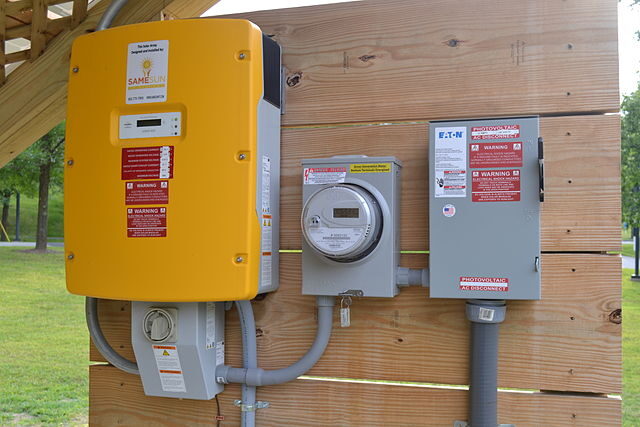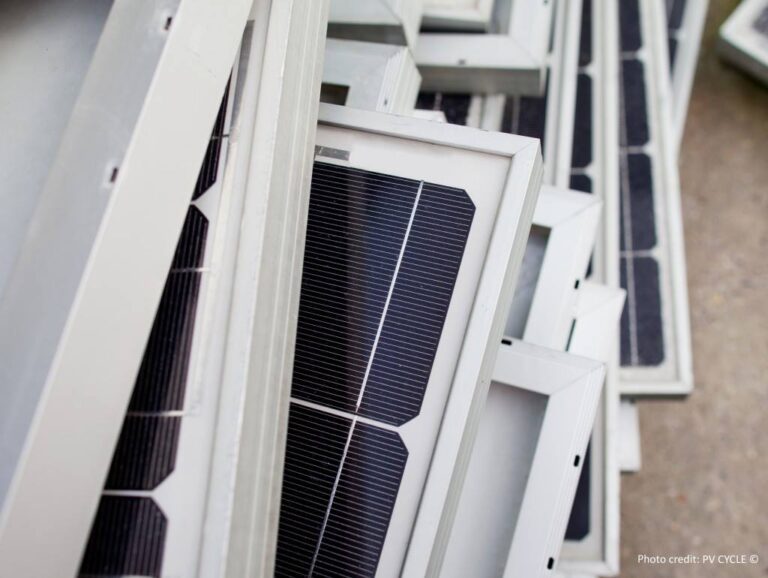A new report published by the CSIRO says Australia’s solar recycling research ranks second in the world, outside of China, but suggests the establishment of mid-stream activities such as metallurgical silicon and polysilicon production could be a has great potential.
Australia research, development and demonstration (RD&D) investments with international collaboration are critical for Australia to develop mid-stream processing technologies for critical minerals, such as rare earth minerals and silicon used in solar cell and panel technology.
Requires an evolution of excavator and ship models, the “From minerals to materials: assessing Australia’s critical mineral processing capabilities” According to the report, prioritizing RD&D investments will help Australia capitalize on demand for energy transition minerals across the supply chain.
For solar, it says RD&D can increase cost and sustainability competitiveness through the development and optimization of solar recycling technologies, which would increase the volumes and quality of critical minerals recovered for an improved circular economy.
“The global solar industry is dominated by low-cost bulk and low-purity processes due to the challenging economics of solar recycling. “Australia’s growing solar energy waste stream and RD&D processes aimed at high recovery of high-value materials could improve the viability of domestic projects,” the report said.
“Given the global momentum in this research area and Australian RD&D activity, there is an opportunity to test and demonstrate domestic intellectual property (IP). RD&D focus areas include delamination technologies and hydrometallurgical recovery of high purity materials.”
“As many technologies have been trialled overseas, collaboration will be essential to ensure Australia’s efforts and investments are not duplicated,” the report said.
Max Temminghoff, head of CSIRO Futures Minerals, said the report will contribute to Australia’s efforts to move beyond mining and shipping into higher value processing and manufacturing using critical minerals.
“This report presents an optimistic view and provides insight into current RD&D capabilities and a path forward,” said Temminghoff.
“Australia is rich in vital mineral resources and has leading capabilities in various mid-stream activities, but becoming competitive in mid-stream processing requires fostering innovation, coordinating efforts within the industry, research and government and international cooperation are essential.”
The report says critical mineral demand has doubled over the past five years to A$488.3 billion (US$320 billion), with lithium, cobalt, silicon, rare earths and graphite peaking thanks to the continued deployment of solar and wind energy and exponential growth. growth of electric vehicles (EVs).
Lucy O’Connor, manager of the Australian Critical Minerals Research and Development Hub, said the report provides information for industry, international partners and investors, as well as the R&D sector.
“The report is aimed at industries that need to identify comparative opportunities and the most challenging technical bottlenecks for the industry as they develop integrated supply chains in critical minerals,” O’Connor said.
“We need to ensure that research focuses on industrial problems and outcomes and can be developed into commercially applicable technologies,” said O’Connor.
This content is copyrighted and may not be reused. If you would like to collaborate with us and reuse some of our content, please contact: editors@pv-magazine.com.
Popular content



